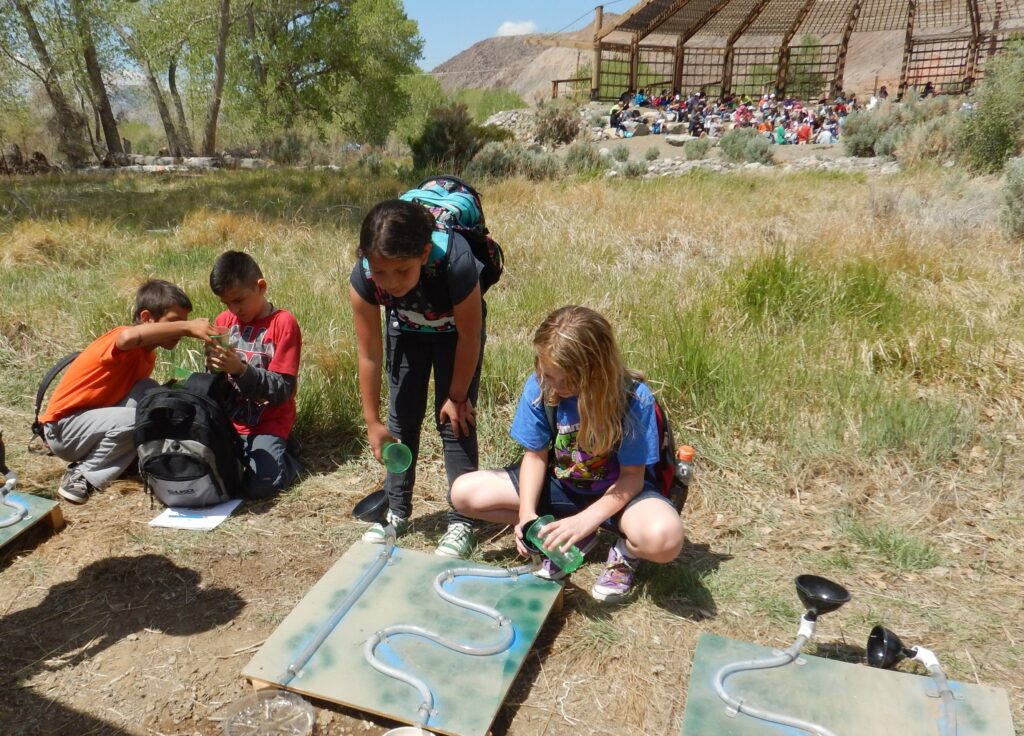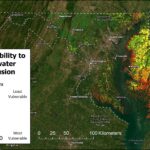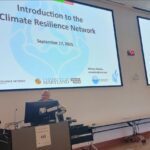In 2018, it was my third year of teaching, and I could not figure out why my sixth-graders were so wiggly. They would not sit still for longer than 5 minutes (I remember because I timed it on a few occasions). One beautiful autumn day I asked my most active group, “Would it motivate you if I tell you that if everyone completes this assignment well in [some amount of time], we can go outside?” I don’t remember what the assignment was, but that worked. They straightened up and completed their work, mostly ok, and I took the class outside for about 10 minutes. Later that day, their other teachers told me how much calmer they were than normal, which made me think, “Why are we teaching children in classrooms all day, when running around and getting fresh air is so vital to their development?” I suggested to our administrators that we should have recess for the sixth graders. We never officially implemented recess, but others agreed: the kids should be outside more. Ever since that year, I did everything I could to get my classes outdoors as often as possible. It definitely was not easy or stress-free; students need even more structure outside of the classroom to stay focused and be safe. I needed more structure as well, as there are more distractions outside of the classroom for me, too. But no matter what, I always found that it was worth the effort.
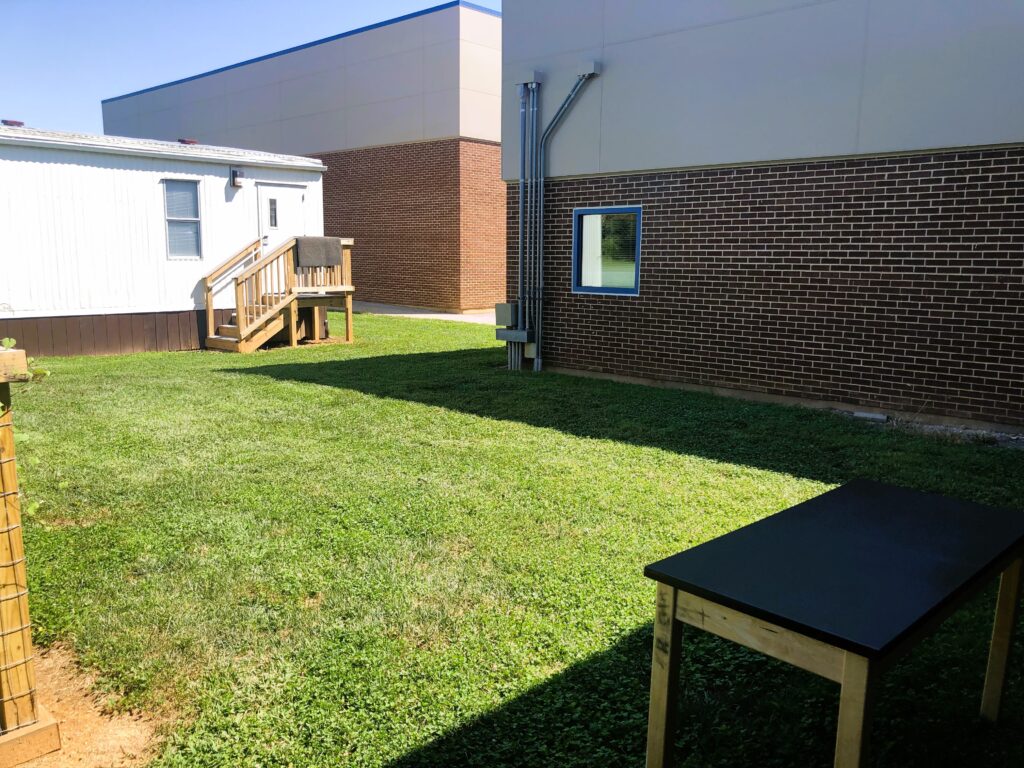

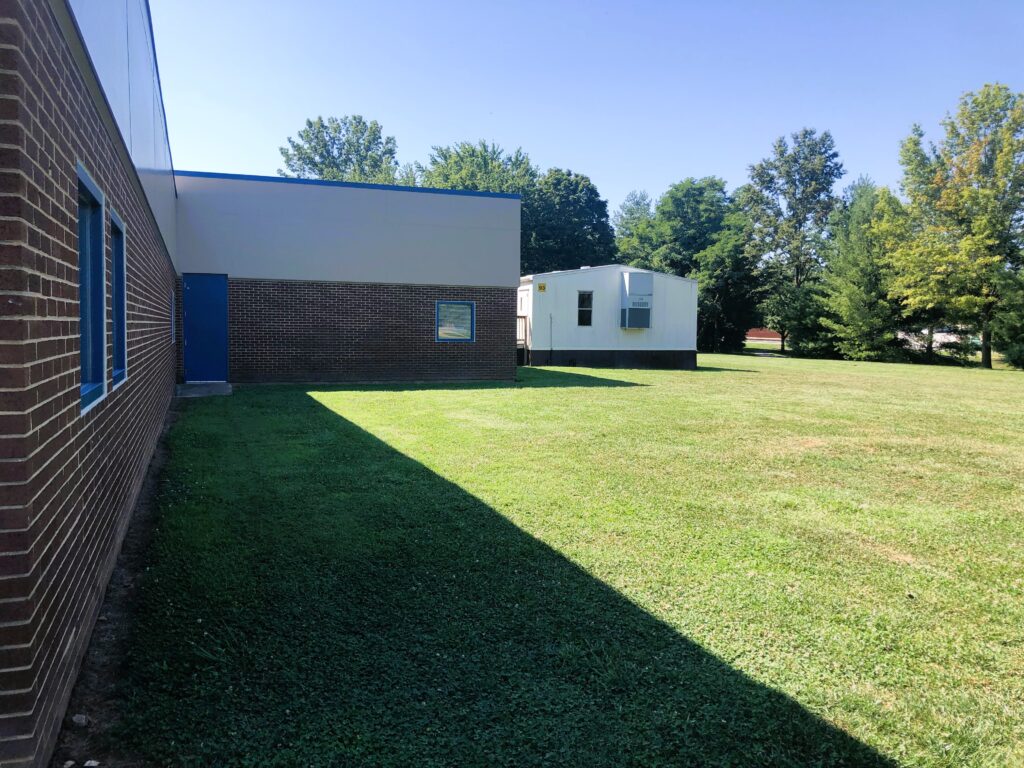
Why Teach Outside?
Biophobia
I hate centipedes. Just thinking about them makes my skin crawl. Some of you might be experiencing a similar feeling. Or maybe you’re deathly afraid of spiders, or butterflies, or mice. These fear or disgust reactions to nature or wild animals is called “biophobia,” and you’re more likely to experience it if you live in an urban or very developed area (Soga et al., 2023). Why do I mention this in an article about teaching? Well, no one is born with biophobia; we learn it from the adults in our lives. Think about it: growing up, how did your parents react to a pest in the house? Were they calm or did they panic? Did they kill the pest, or capture it and put it back outside? What did they do when you climbed a tree or ate dirt or caught fireflies? Children learn what to fear and what is safe from their parents or other trusted adults. Toddlers look to us to make sure they’re ok when they fall, and their reaction is almost entirely dependent on the adult’s reaction.
Biophobia leads people to become disconnected from the natural world and engage in nature avoidance behaviors, like avoiding time outside, eliminating habitats, or killing wild animals considered dangerous or “creepy” (Soga et al., 2023).
This is where you, the teacher, come in. Biophobic attitudes in our students are directly related to their exposure to nature, and kids are spending less time outdoors than kids of the past. They go to school, and often spend the entire day seated indoors, especially in secondary schools. Then many go home and stay inside since there’s nowhere to play, or explore, or “touch grass” safely nearby. Taking the time to teach outside can chip away at biophobia in your students; the more one knows about nature, the less scary it is (Soga et al., 2023). Many students think they don’t like being outside or getting dirty because these are the attitudes of their parents. I’ve seen students who claim to hate the outdoors until they find a beautiful flower or see a groundhog scurry back into its hiding place under the portable. When you take your students outside, you’re giving them a chance to see for themselves what they can learn from nature.
Some of your students (and some of you!) will never enjoy being in nature. There may even still be things in nature that scare you or your students, and that’s ok. I will never have time for centipedes and their creepy legs, but the thought of seeing one doesn’t keep me from enjoying nature. The hope is to guide them in unlearning biophobia and replacing it with a love and/or appreciation of nature and the ecosystems that make up their communities.
Benefits of Teaching Outside
In 2019, children from the ages of 8-18 spent a bit under 5 hours up to over 7 hours on screens, excluding school work (Rideout & Robb, 2019). The increase in screen time and decrease in outdoor time have contributed to the sharp climb in mental illness, anxiety, depression, and many other health issues (Gray, 2018). You can imagine the challenge of teaching kids who are generally more anxious and dependent than before (personal experience).
Teaching outdoors is an example of experiential learning, which allows students to learn by doing and reflecting. This can ease anxiety and boost confidence in your students. Experiential learning is an active process that allows students to encounter real-world problems, construct novel hypotheses, test for real solutions, and interact with others to make sense of the world around them (Claiborne et al., 2020). By taking your classes outside, you can create a student-centric learning experience that enhances learning and fosters personal and social development (Claiborne et al., 2020). Further, students that engage in learning experiences outside of the classroom report having higher levels of motivation, recall the course material more vividly, and have improved academic performance in the class (Claiborne et al., 2020). Studies have also shown that learning in nature improves mental health, emotional regulation, and environmental knowledge and attitudes (Mann et al., 2018). All of these benefits can have a positive impact on biophobic attitudes and inspire us to protect and restore the environment and help our students become more confident in their own abilities and more connected to you and each other.
How to Teach Outside
1. Plan, plan, plan!
When you want to teach outside, plan just like you would any other lesson. Think about:
- The objective: What should they understand by the end of your lesson?
- The activities: What will the students be doing outside? How is this activity relevant to the objective? How will it help the students meet the objective?
- The purpose: Why do we need to go outside for this lesson? How does teaching outside enhance the lesson?
- The location: Where are you going? Will you stay on school grounds or venture out? What are your school’s rules about taking students outside of the building?
- Accessibility: How can you make sure that all of your students can participate and master the objective?
- Safety: What are the potential hazards of teaching outside at your location? How can you teach this lesson outside safely? How should your students behave outside to stay safe?
2. Set physical boundaries in outdoor area.
Once you’ve decided on a location, set boundaries (with visual markers if you can swing it) such that there is enough space:
- For the students to spread out and stay on school grounds/in the designated area
- That you can see everyone, and
- That everyone can see you
3. Set (and reinforce!) expectations for outdoor classroom.
Don’t assume your students know what to do once they get outside. Also, you don’t have to wait until your first outdoor lesson to teach expectations for outdoor learning. I started teaching expectations for outdoor learning during the first week of school, along with other rules and policies. When you are going outside, remind the students that your classroom rules still apply. Also instruct them to:
- Dress appropriately (dress for the weather, wear closed toed shoes, sunscreen/hats, etc)
- Stay with your partner/team
- Stay on task and avoid disrupting other classes or students. We are working, not playing.
- Do not harm the plants or animals.
4. Have materials that make working outside easier.
I recommend having the following handy:
- Class set of clipboards
- Pencils
- Whistle or some type of noisemaker
- What else do you think would be helpful for you and/or your students to work outside?
5. Have fun!
Nature is cool! Allow your students to see how amazing the natural world is, why it’s so critical to protect it, and how science can help them understand it better. And, if your class has the wiggles, see how giving them outdoor time can calm them down.
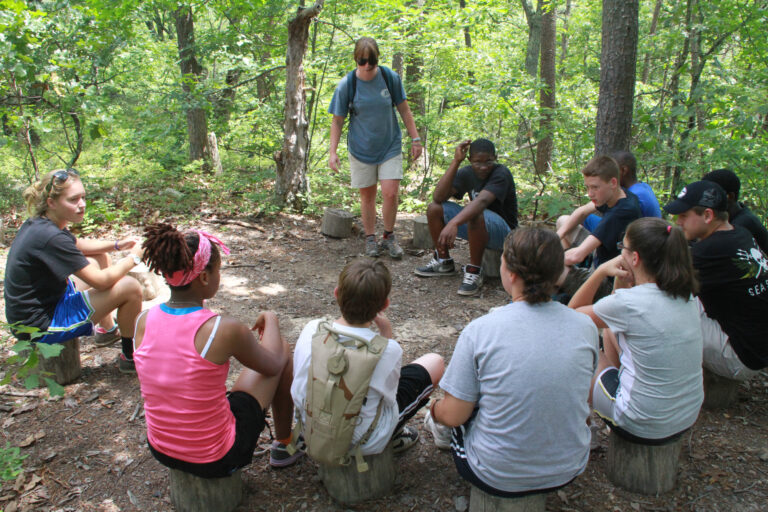
Sources
- Claiborne, L., Morrell, J., Bandy, J., Bruff, D., Smith, G., & Fedesco, H. (2020). Teaching Outside the Classroom | Center for Teaching | Vanderbilt University. Vanderbilt Center for Teaching. Retrieved May 24, 2024, from https://cft.vanderbilt.edu/guides-sub-pages/teaching-outside-the-classroom/#assess
- Gray, T. (2018, September 4). Outdoor learning: not new, just newly important. Springer Link. Retrieved May 24, 2024, from https://doi.org/10.1007/s41297-018-0054-x
- Mann, J., Gray, T., Truong, S., Brymer, E., Passy, R., Ho, S., Sahlberg, P., Ward, K., Bentsen, P., Curry, C., & Cowper, R. (2018, September 4). Getting Out of the Classroom and Into Nature: A Systematic Review of Nature-Specific Outdoor Learning on School Children’s Learning and Development. Frontiers. Retrieved May 24, 2024, from https://www.frontiersin.org/journals/public-health/articles/10.3389/fpubh.2022.877058/full
- Rideout, V., & Robb, M. (2019). THE COMMON SENSE CENSUS: MEDIA USE BY TWEENS AND TEENS. Common Sense Media. Retrieved May 24, 2024, from https://www.commonsensemedia.org/sites/default/files/research/report/2019-census-8-to-18-full-report-updated.pdf
- Soga, M., Gaston, K., Fukano, Y., & Evans, M. (2023, January 25). The vicious cycle of biophobia. Cell.com. Retrieved May 24, 2024, from https://doi.org/10.1016/j.tree.2022.12.012
- Thorsteinsson, J.F., Arnarsson, Á. & Jónasson, J.T. How ‘outdoors time’ transforms the social relationships of children in Iceland. Journal of Outdoor and Environmental Education 26, 227–246 (2023). https://doi.org/10.1007/s42322-023-00123-7

